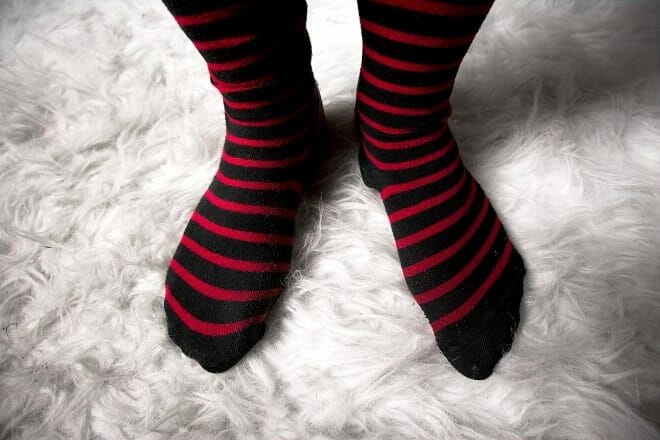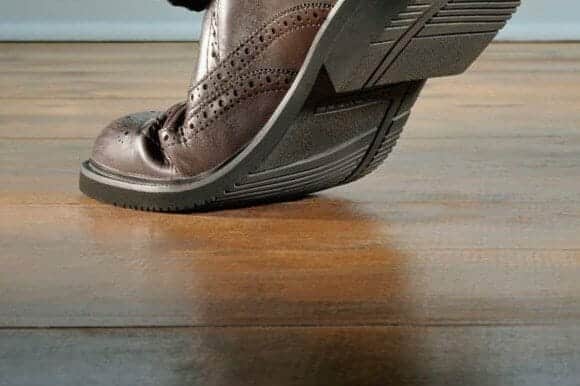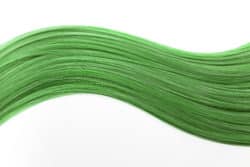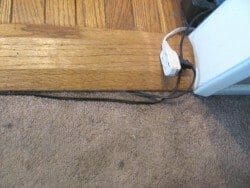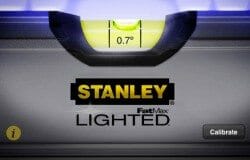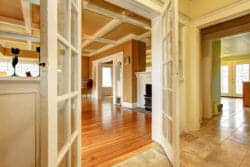Creaking Floors
Creaking floors are usually caused by the wood floorboards rubbing against the nails or one piece of wood rubbing against another. At times the nails may work loose, thus the wood moves up and down rubbing the nails. When walking across the floor you will hear a squeaking or creaking type of sound. Although annoying, it generally is not a structural defect.
Use Screws, Not Nails
As a home gets older and the wood dries out and/or a little settling occurs, the floors may start to creak. On floors that are carpeted, buyers may choose to pull the carpet back and add additional screws or nails to the wood sub-flooring to reduce the creaking. Others will wait until they re-carpet or change the flooring and then secure down the flooring. Screws are more preferable than nails.
Hardwood flooring, depending on the type, can often be worked on in place. Flooring contractors may use nails, screws, and/or glue to help secure the floor down tighter. In the old days, when an old oak floor creaked, the contractor might sprinkle a little talcum powder in the nail areas. This would work as a lubricant and reduce the noise for a while.
Occasionally a homeowner may install a manufactured flooring material but fail to follow the manufactures recommendations, thus creaking occurs.
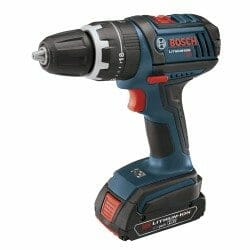
Tip
If you are planning on putting down new flooring such as carpet, wood or tiles, try to negotiate into the contract with the installer that they will properly screw down any loose or creaking areas after the old flooring material has been removed and before they install the new flooring. Otherwise, the contractor may say that he didn’t factor in the time or bring screws and a drill. Generally, most contractors will throw in this work for free if it is negotiated up front.
Occasionally creaking floors relate to structural or other issues
There are a number of reasons that floors creaks, some of which are related to the foundation, framing and sub-floor issues. These range from minor to serious. (Read more about these problems and issues)
